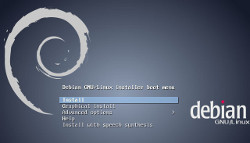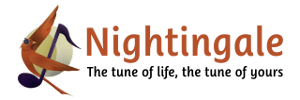A comic book is a magazine which consists of narrative artwork in the form of sequential images with text that represent individual scenes. Comics are used to tell a story, and are published in a number of different formats including comic strips, comic books, webcomics, Manga, and graphic novels.
The equivalent for computers are the Comic book archive files that mainly consist of a series of image files, typically PNG (lossless compression) or JPEG (lossy compression) files, stored as a single archive file. Occasionally GIF, BMP, and TIFF files are seen. Folders may be used to group images.
The file name extension indicates the archive type used:
.cb7 → 7z
.cba → ACE
.cbr → RAR
.cbt → TAR
.cbz → ZIP
On Linux there are some good software can read these format and offer you the possibility to read your favourite Comic with the best Operating System, in particular today I’ll take a look at Calibre, Comical, Comix/MComix and ACBF viewer.




